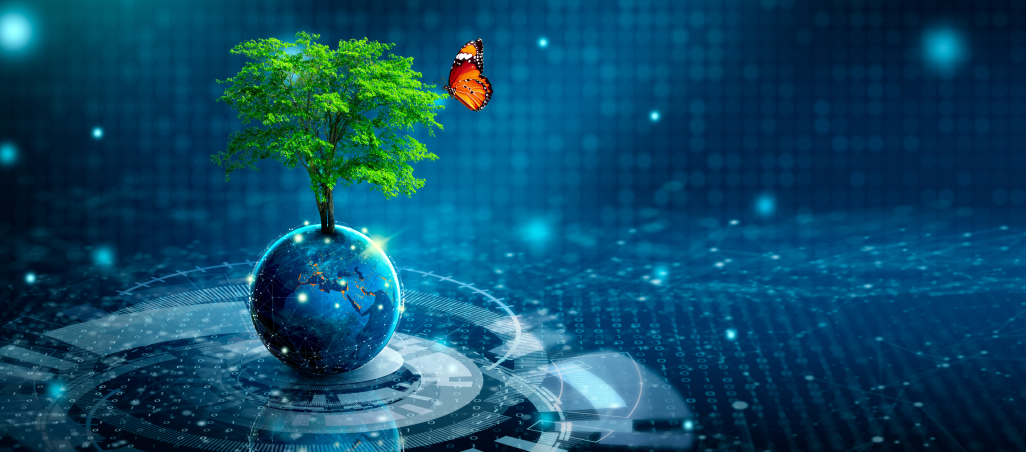The environment is getting polluted, and the landfills are full. With the increasing global warming, it becomes highly essential to look after the environment and play our roles in contributing toward a better, greener, and more sustainable world to live in.
Have you ever wondered how you can individually contribute towards saving the environment?
Well, the answer is simple. All you are required to do is to adapt the 5Rs.
What Are The 5Rs of Sustainable Living?
Applying the 5Rs to the waste management of your business and recycling strategies can impact your program’s outcome by reducing the amount of waste your business generates and thus saving the world.
Here are the 5Rs that you need to adapt for a better tomorrow:
1. Refuse
Refusing is the first element of the 5Rs hierarchy. Initially, learning to refuse can be challenging. But incorporating this step can prove extensively beneficial for your business as it is one of the most effective ways to reduce the hazardous waste generated in the first place. Discuss with your procurement team about refusing to buy non-recyclable products. Refuse unnecessary product packaging, and ask for reusable or returnable containers while procuring goods from the vendors. Making more thoughtful and sustainable purchasing decisions and setting standards early in the process makes it easier for businesses to refuse waste in the first place.
2. Reduce
Reduce the use of wasteful, harmful, and non-recyclable products. Reducing dependency on these products results in lesser commercial waste ending up in landfills and the associated negative environmental impacts. We highly recommend using the minimum amount required to avoid waste. For instance, when printing a document, print double-sided to cut your waste in half. Other commonly used items corporates can focus on reducing include organic waste, single-use plastics, plastic packaging, and Styrofoam cups.
3. Reuse
Single-use plastics have created a “use & throw” culture by normalizing customer behavior of using goods once and then throwing them away to fill the landfills. The use of plastics has become unimaginable, and the plastic crisis has become one of the world’s greatest environmental threats in order to reduce waste and reuse items throughout the workplace and in your personal life instead of buying new ones. Replace all single-use eating utensils, water bottles, styrofoam cups, and paper plates with compostable or reusable alternatives.
4. Repurpose
For every object that cannot be refused, reduced, or reused, you can try repurposing it. This process is called upcycling. Sometimes all it takes is using some creativity, and you’ll see that the possibilities are uncountable. Try using the wasted printer paper for scrap paper, binder clips to hold power cords and chargers, cardboard boxes for storing supplies, and even coffee mugs, mason jars, and tin cans for holding stationery. Encourage your colleagues to put in the effort and repurpose the items they think cannot be used anymore.
5. Recycle
Once you’ve gone through all the other R’s, recycling is one of the most environmentally friendly waste disposal methods. Start collecting cardboard, commingled materials (plastics, aluminum, glass), mixed paper products, and organics. Most businesses we speak with are surprised by the amount of waste they reduce by establishing an effective recycling program.
Green My Carbon is the world’s first end-to-end platform allowing businesses to measure, monitor, reduce, offset and report the impact of their operations on climate. It is the World’s First Impact-as-a-Service platform built on blockchain technology. It uses technologies such as Machine Learning (ML), Artificial Intelligence (AI), and the Internet of Things (IoT), allowing companies to forecast their impact and take preventive action recommended by the platform ahead of time.

















